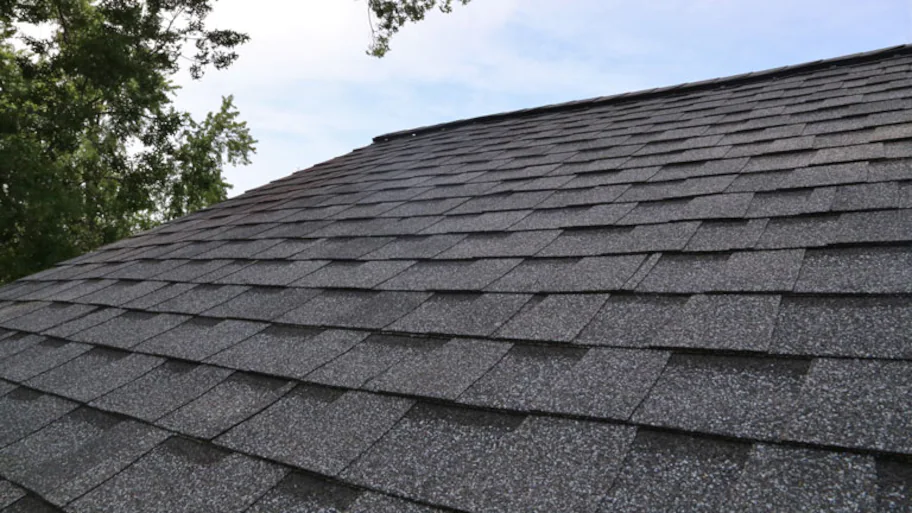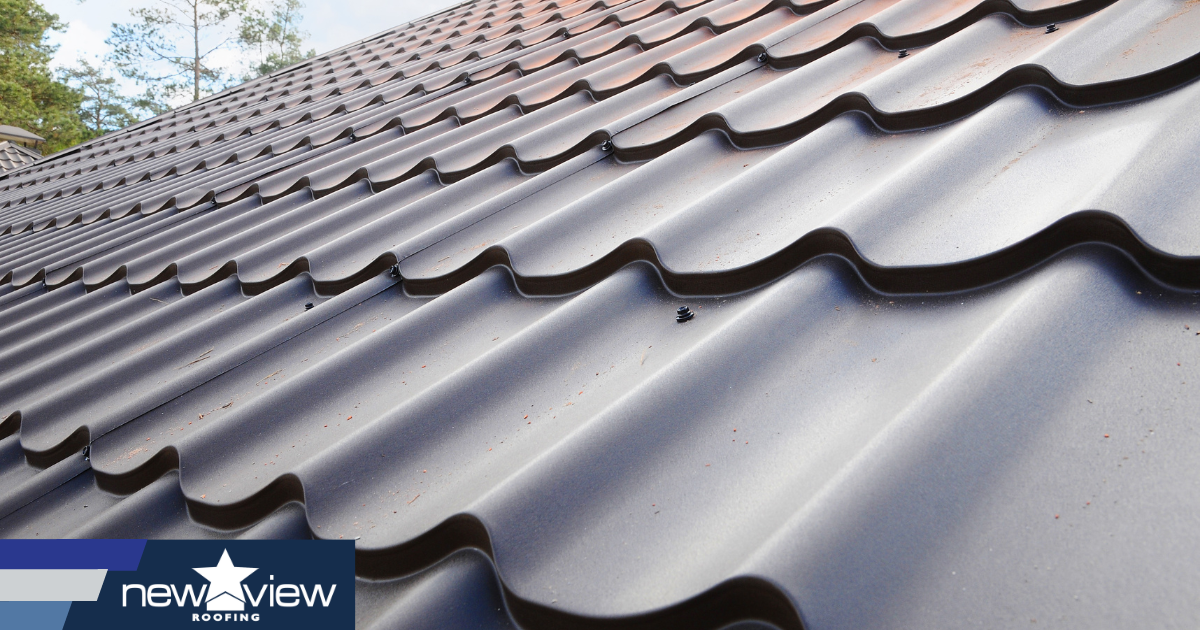Local Insights on Roofing Companies Gainesville Florida Homeowners Prefer
Finest Practices for Ensuring Appropriate Roofing Air Flow
A balanced consumption and exhaust vent ratio, commonly 1:300, plays a crucial role, with intake vents preferably positioned at the reduced side of the roofing for cool air access and exhaust vents at the peak for warm air exit. Maintaining insulation away from vents is crucial to avoid airflow constraint.
Understand Ventilation Essentials
Appropriately understanding air flow basics is vital for making certain the long life and performance of roof. Effective air flow mitigates wetness accumulation and temperature extremes in the attic, both of which can cause significant structural damages over time. A well-ventilated roof covering aids in preventing typical concerns such as mold growth, wood rot, and ice dams, which can compromise the stability of the roofing products and the underlying frameworks.
The key goal of ventilation is to facilitate the motion of air, permitting a regular exchange between the outdoor and interior atmospheres. This equilibrium is achieved through a combination of intake and exhaust vents that collaborate to keep optimal air flow. Consumption vents, normally located along the eaves or soffits, permit fresh air to get in the attic room space, while exhaust vents, often positioned at or near the roofing ridge, allow warm, damp air to run away.
Secret variables influencing the performance of roofing system air flow consist of appropriate placement, sufficient sizing, and making sure that both intake and exhaust vents are unblocked. Routine evaluation and maintenance are critical to identify potential obstructions, damages, or ineffectiveness in the air flow system, consequently guarding the roofing system's performance and sturdiness.
Kinds of Roofing Vents
Roof vents play a crucial function in keeping reliable attic room air flow and, by expansion, the overall health of the roof. Numerous kinds of roof vents are readily available, each with unique advantages tailored to details roof requirements. Ridge vents, as an example, are set up along the roof's optimal, allowing cozy, moist air to run away from the attic. They provide constant ventilation and mix seamlessly with the roofline, making them both efficient and aesthetically pleasing.

Soffit vents are mounted under the eaves and operate in tandem with roof covering vents to ensure a balanced consumption and exhaust system. By allowing cooler air to go into from below, soffit vents assist in the expulsion of hot air through top vents. Gable vents, situated on the outside wall surfaces of the attic room, offer another effective service, specifically in homes with saddleback roofs.
Assess Your Existing Air Flow

Next, take into consideration the age and problem of your roof materials and air flow parts. Older systems might not adhere to current building regulations or may have worn away in time, minimizing their efficiency. Conduct a detailed examination to determine any indicators of deterioration, such as rust, damages, or spaces that might endanger the system's efficiency.
Additionally, gauge the attic room temperature level and moisture degrees. High temperature levels and humidity can suggest insufficient air flow - roofing companies. Make use of a hygrometer and thermostat to obtain accurate readings, contrasting them with exterior problems. Consistent discrepancies recommend possible problems that need attending to.
Setup Best Practices
Efficient installment of roofing ventilation systems is critical for ensuring optimum efficiency and durability. Proper setup begins with understanding the details air flow requirements of the roof and the building it covers. This entails determining the appropriate proportion of intake to exhaust vents, usually sticking to the 1:300 policy, which states one square foot of ventilation for each 300 square feet of attic room floor room.

Intake vents need to be installed at the roof's reduced side, commonly in the soffits, to permit cool air to go into. Exhaust vents, on the various other hand, should be set up near or at the roofing's optimal to promote the departure of cozy, damp air.
Seal all vent connections carefully to avoid air leakages and possible water seepage. Use high-quality materials and follow maker guidelines to make sure toughness and effectiveness. In addition, incorporating ridge vents with baffles can significantly enhance air movement performance by stopping wind-driven rainfall and snow from entering the attic room.
Ultimately, precise installment of roofing air flow systems alleviates prospective concerns such as mold development, ice dams, and structural damages, making sure the roof covering's integrity and site web the structure's overall health.
Regular Maintenance Tips
Consistency in maintenance techniques is basic to guaranteeing the lasting efficiency of roof ventilation systems. Throughout these inspections, make sure that vents are cost-free of debris, nests, and various other blockages that could restrain air flow.
Use a soft brush or a vacuum to remove dust and debris from intake and exhaust vents. Be careful not to harm the air vent displays or louvers throughout the procedure.
Appropriate insulation is similarly crucial. Make certain that attic insulation does not obstruct the vents, as this can drastically restrict air flow. Rearrange or change it to keep an efficient obstacle. if any type of insulation has actually shifted or cleared up.
Lastly, replace any type of damaged or missing parts quickly. Damaged vents, cracked you can try this out roof shingles, or worn-out flashing can all add to inadequate ventilation and must be addressed immediately. Regular upkeep makes sure that the roof covering air flow system works ideally, therefore prolonging the lifespan of the roof covering itself.
Verdict
Making sure appropriate roofing ventilation is vital for maintaining the effectiveness and sturdiness of a roof. Adherence to the 1:300 consumption and exhaust vent proportion, paired with the tactical placement of vents, is important. Regular semiannual inspections, particles cleaning, and ensuring insulation does not obstruct air movement are vital techniques. Applying these best methods will cultivate a well-ventilated roof, thus alleviating potential issues associated with moisture accumulation and excessive warm, eventually prolonging the roofing system's lifespan.
A balanced consumption and exhaust vent ratio, commonly 1:300, plays an essential duty, with intake vents preferably placed at the lower edge of the roof for trendy air entry and exhaust vents at the height for cozy air departure. Intake vents, commonly located along the eaves or soffits, enable fresh air to enter the attic room, while exhaust vents, typically positioned at or near the official site roofing system ridge, enable hot, humid air to run away.
Soffit vents are mounted under the eaves and work in tandem with roofing system vents to make certain a well balanced consumption and exhaust system. By allowing cooler air to go into from below, soffit vents facilitate the expulsion of hot air through upper vents. Adherence to the 1:300 consumption and exhaust vent ratio, paired with the critical positioning of vents, is essential.